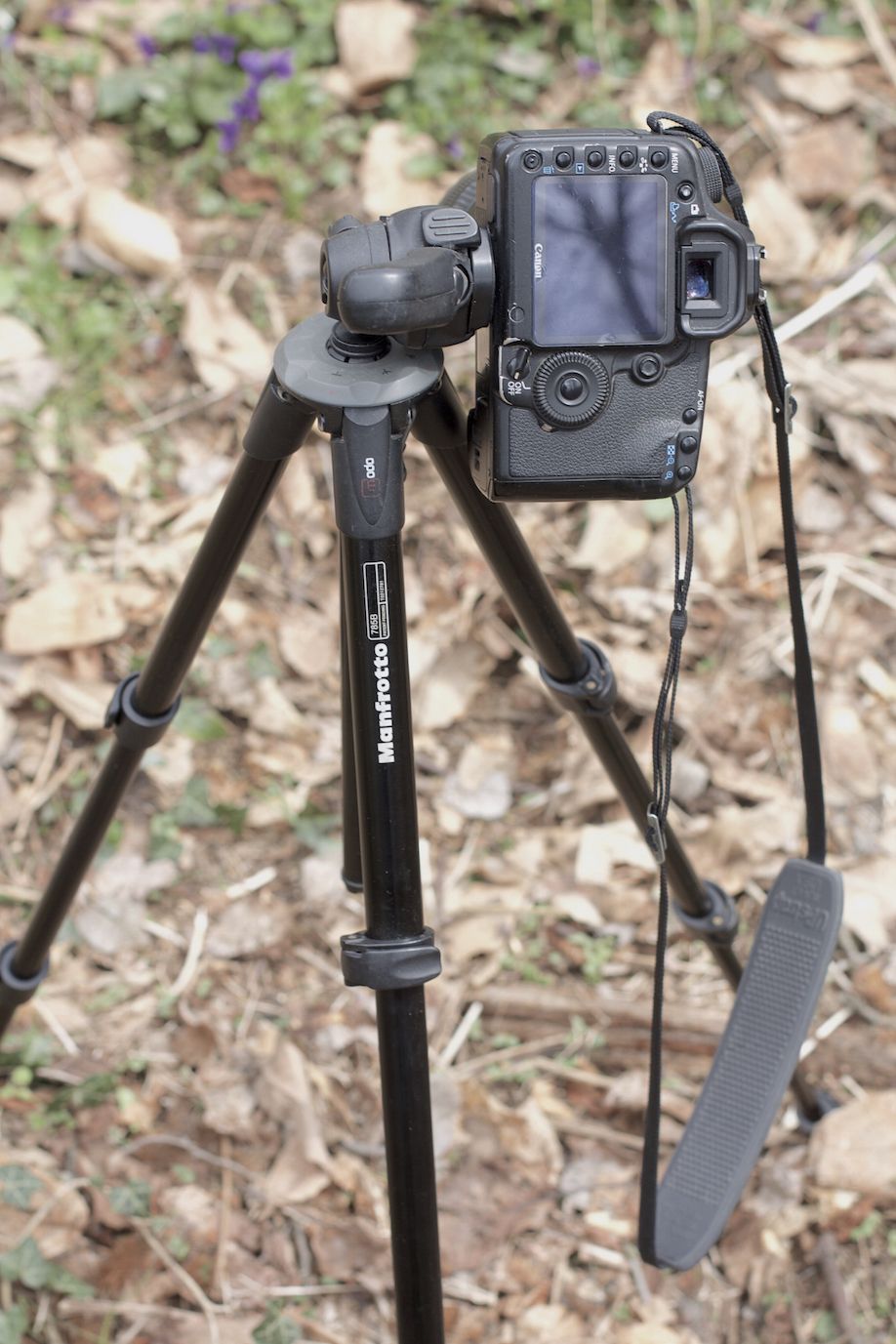My passion for plants and gardening blossomed in adulthood.
Being self-taught, I couldn’t count on any lessons from family or friends, which seems to be the most common way of learning about the plant world; however, there are a great many published experts who, through their written work, have enabled me to grasp the notions that I then put into practice in my woodland garden at my house in the Ligurian countryside. I decided to share my experiments and discoveries with other enthusiasts or novices via a blog, using a less technical and conventional tone than that usually found on the internet; a new method more suited to me, that is often interwoven with themes of decoration or cookery, in order to best interpret the different aspects of this wonderful universe so full of surprises and miracles.
In my patch of green, I grow the plants that I use for my features in my blog and in the magazines to which I contribute, and they become the subjects of the decorations or gardening techniques that I often illustrate with various steps or tutorials.
I use a full-frame reflex camera, almost always with a fixed 50 mm 1.4 lens, which I love for the softness of its blurred background; a passepartout that allows me to range from still life to garden portraits. It is also lightweight and perfect for travelling.
For my tutorials, where possible, I like to shoot outdoors because I love natural light. During the colder months, when the house in the country is closed up, I have to adapt to alternative solutions; so I created a set located in a well-lit area, where I alternate wooden backgrounds with other textures. As well as paying attention to the quality of light, which I bounce off reflector panels, I also have to be careful with time; flowers are very quick to fade and every minute that passes means a further loss of freshness.
A tripod is essential in order to lengthen exposure times and achieve brighter images; above all, it leaves both hands free to illustrate the various stages of the tutorial. To accompany my APS-C reflex camera, I was given a Manfrotto modo MAXI 785B, (now replaced by this model), perfect for its height extension that goes from 17 to 150 centimetres, for a weight of around just one kilo. The head has a quick release attachment and can be rotated freely for shots from all angles, controlled by a small joystick. Unfortunately, it isn’t very stable with the camera I’m using at the moment, so, pending purchase of a more suitable tripod, I am very careful about where I position it and I always make sure that my reflex is secured with a neck strap (except for the photo above).
As well as the tripod, my equipment also includes a comfortable, neoprene gardener’s kneeling stool, which is very useful given that I often work at ground level, and of course I couldn’t be without a good pair of shears – my most faithful working companion!
Follow me on my blog, aboutgarden.it
At on social networks!
Facebook
Pinterest
Twitter
Instagram







